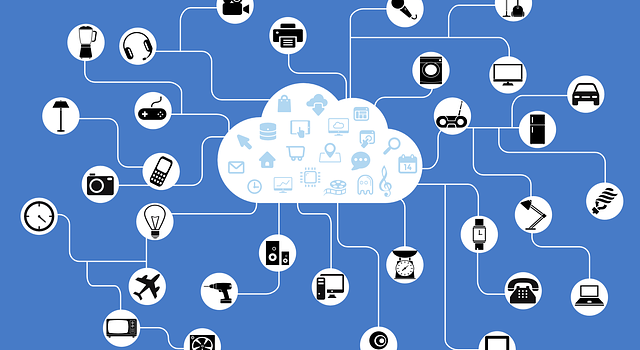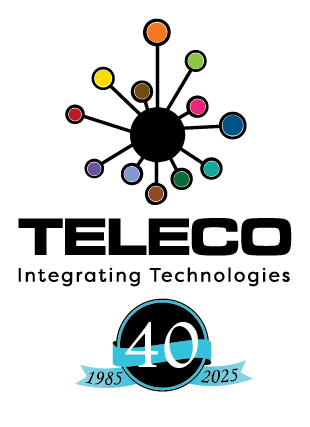
You may have heard some of the hype around home automatation or IoT in the news. When I look at it over the past couple of decades I see that some type of automation has be happening and improving for a while. We have had plug-ins on a timer that can turn devices like lights on at night automatically often to make it look like someone is home when they are not, outdoor lights with photo sensitive and motion sensors that will turn on at night when someone walks by, security alarms, thermostats, keyless door locks, wireless car locks and starters, vehicle GPS, and the list goes on. So what’s all the new excitement about. The big change is that these devices/sensors are connected to your computer network and thus the Internet. The category for these types of devices is IoT or Internet of Things. From wikipedia “The Internet of things (IoT) is the inter-networking of physical devices, vehicles (also referred to as “connected devices” and “smart devices”), buildings, and other items—embedded with electronics, software, sensors, actuators, and network connectivity that enable these objects to collect and exchange data.”
“Experts estimate that the IoT will consist of about 30 billion objects by 2020”
In the near future you will see these devices in the home, business, medical and healthcare organisations, energy management, manufacturing, infrastructure management, environmental monitoring, security, and at a metropolitan scale to name some of the obvious places. Some of major benefits are data analysis for optimisation, efficiency, cost savings and quality of life. The more information that can be gathered and processed the more systems can be tweaked for these factors. For example I have a Nest at home and when someone is not home, based on whether a family member smartphone is on wifi, the home temperature is changed to use less energy. Lights are turned on and off at random intervals when no one is home as a security measure; only after dark. Lights are automatically turned off in a room if motion is not detected for a set time period. I have thought about having talk radio turned on an off by controlling my amp when not home; again as a security measure. On top of all that all of these devices can be controlled remotely via my smart phone or a web browser. There is a free web site tool called IFTTT.com which allows you to connect your devices and create automation scripts. Using IFTTT I have connected OK Google on my Andriod phone and IFTTT so that I can issue a voice command to turn lights on and off. Star Trek sytle life is almost here :P…hahaha…well not quite.
Here are some examples of IoT on a metropolitan scale:
- water management – In Houston to save water and help identify leaks they have sensors embedded in the pipes. This will allow them to control pumps to regulate water flow and receive notifications for potential leakage.
- energy conservation – In NY state they are using senors, smart meters and data analytics to optimize energy usage for commercial buildings.
- public safety – In Copenhagen sensors to the enable automatic light dimming based on time of day and ambient light to save power. They also can increase brightness when motion is detected to increase safety.
More and more of these devices will be embedded into everyday things. According to Wikipedia “Experts estimate that the IoT will consist of about 30 billion objects by 2020”. The best of these devices will make our life better. There will be flops along the way and overall I see a brighter future and the next tech revolution. Think of life before the Internet; I think in a few years we will feel the same way about IoT.
Contact TELECO for all you networking, server and computer needs. We are all about Integrating Technologies.
Call us at 807‑346‑7292 or email at landlinesales@teleco.ca
